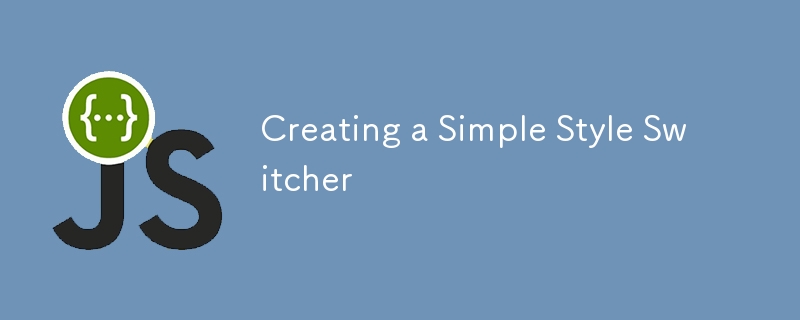

Enhance your website's user experience by letting visitors personalize aspects like font size and language. This tutorial shows how to build a style switcher and use local storage to remember preferences.
Key Concepts:
Building the Switcher:
Start with basic HTML, including a <select></select> element for style selection. Event listeners (using addEventListener and a polyfill for older IE) react to style changes. The switchStyles() function updates the body's class based on the selected style. For larger projects, use external CSS files and swap them using the link tag's href attribute.
Remembering Preferences:
Use local storage (localStorage.setItem, localStorage.getItem) to save and retrieve the selected style. On page load, check for stored preferences and apply them using trigger('change', styleSwitcher) to fire the event handler.
Advanced Considerations:
tabindex) and screen reader compatibility (aria-label).This approach provides a user-friendly way to customize website appearance and remembers preferences for a better user experience. The use of local storage avoids server round trips, making it efficient and user-friendly.
The above is the detailed content of Creating a Simple Style Switcher. For more information, please follow other related articles on the PHP Chinese website!
 Can I retrieve a deleted Douyin short video?
Can I retrieve a deleted Douyin short video?
 What should I do if chaturbate is stuck?
What should I do if chaturbate is stuck?
 Introduction to the usage of rowid in oracle
Introduction to the usage of rowid in oracle
 Server evaluation software
Server evaluation software
 mstsc remote connection failed
mstsc remote connection failed
 What are the methods of building a mobile website?
What are the methods of building a mobile website?
 How to get the current time in JAVA
How to get the current time in JAVA
 What to do if memory usage is too high
What to do if memory usage is too high




